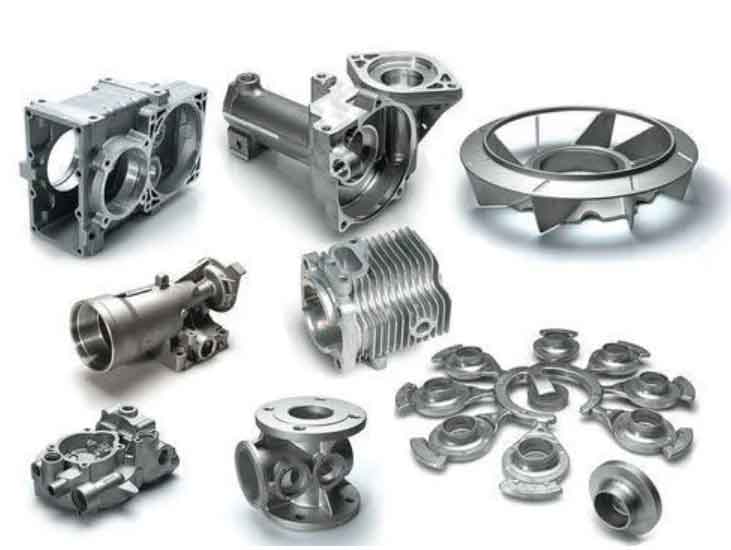
Advancing grey cast iron properties through alloy development involves incorporating specific alloying elements into the cast iron composition to enhance its mechanical, thermal, and corrosion resistance properties. Alloy development allows manufacturers to tailor grey cast iron to meet the demands of diverse applications, improving its overall performance and extending its range of use. Here are some ways alloy development can advance the properties of grey cast iron:
1. Improving Strength and Toughness:
- Addition of alloying elements like manganese and nickel can improve the strength and toughness of grey cast iron, making it suitable for applications subjected to high mechanical loads and impact.
2. Enhancing Wear Resistance:
- Alloying with elements such as chromium, vanadium, or molybdenum can form hard carbides or borides in the microstructure, improving wear resistance and making grey cast iron suitable for components in abrasive environments.
3. Increasing Corrosion Resistance:
- The incorporation of elements like copper or nickel can enhance the corrosion resistance of grey cast iron, allowing it to be used in applications exposed to corrosive environments or chemicals.
4. Enhancing Heat Resistance:
- Alloying elements like silicon and chromium can improve the heat resistance of grey cast iron, making it suitable for components in high-temperature applications.
5. Refining the Microstructure:
- Alloying elements like titanium or vanadium can refine the microstructure of grey cast iron, leading to finer graphite flakes and improved mechanical properties.
6. Reducing Brittle Fracture:
- Alloy development can reduce the risk of brittle fracture in grey cast iron by optimizing the graphite morphology and matrix structure.
7. Tailoring Damping Capacity:
- Alloying can be used to adjust the damping capacity of grey cast iron, making it suitable for applications that require noise and vibration reduction.
It is essential to strike a balance during alloy development, as excessive alloying can lead to increased material costs, reduced castability, or other undesired effects. The choice of alloying elements and their concentration should be carefully considered based on the specific requirements of the application and the desired properties of the final product.
The success of alloy development relies on a deep understanding of materials science, metallurgy, and the intended application of grey cast iron components. Computer simulations and experimental testing play crucial roles in optimizing alloy compositions and predicting the resulting material properties. By advancing grey cast iron properties through alloy development, manufacturers can expand its utility in various industries and create high-performance components for a wide range of applications.
